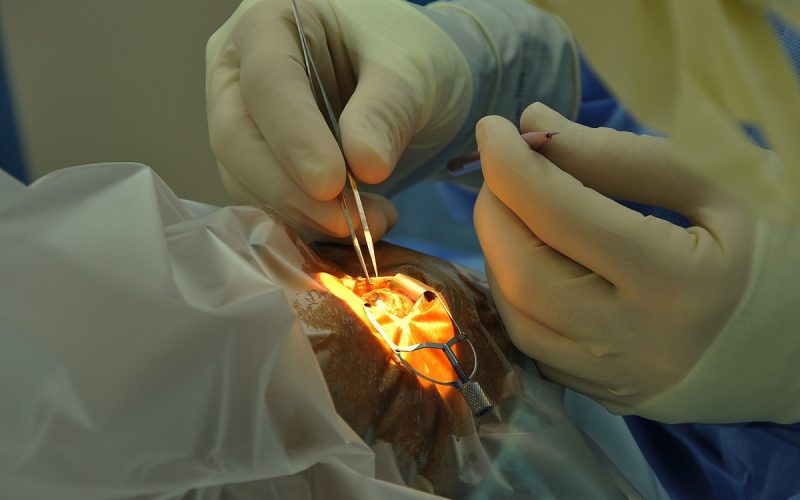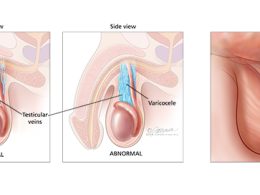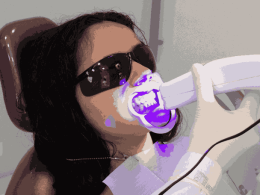The Evolution of Cataract Surgery
Cataract surgery has come a long way since its inception. What was once a procedure fraught with uncertainty and inconvenience has now evolved into a remarkably precise and safe surgical intervention. With advancements in technology and surgical techniques, cataract surgery has become one of the most common and successful procedures performed worldwide. Explore More About (Brain Freeze Mystery)
Understanding Cataracts
Cataracts, characterized by the clouding of the eye’s natural lens, are a prevalent age-related condition. As individuals age, the proteins within the lens begin to break down, leading to opacity and vision impairment. Symptoms of cataracts include blurry vision, difficulty seeing in low light conditions, and increased sensitivity to glare.
Traditional Cataract Surgery
Traditionally, cataract surgery involved the removal of the cloudy lens and its replacement with a clear artificial lens, known as an intraocular lens (IOL). This procedure, while highly effective, often required the use of post-operative eye drops to prevent infection and inflammation.
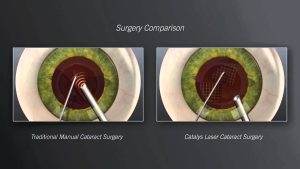
Introducing Dropless Cataract Surgery
In recent years, a revolutionary approach known as dropless cataract surgery has emerged, promising enhanced convenience and improved outcomes for patients. Unlike traditional cataract surgery, dropless cataract surgery eliminates the need for post-operative eye drops, streamlining the recovery process and reducing the risk of complications.
The Benefits of Dropless Cataract Surgery
Simplified Post-Operative Care
- Eliminates the need for post-operative eye drops.
- Ensures consistent and effective medication delivery.
- Simplifies post-operative care for patients.
Reduced Risk of Complications
- Decreases the risk of infection and inflammation.
- Mitigates the likelihood of non-compliance with medication regimen.
- Promotes a smoother and safer recovery process.
Enhanced Patient Comfort
- Eliminates the inconvenience of administering eye drops.
- Enhances patient satisfaction and overall comfort.
- Allows patients to focus on healing without added stress.
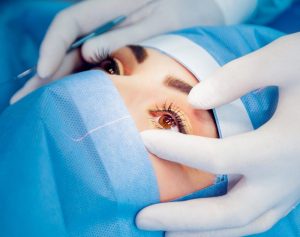
Addressing Common Concerns
Efficacy and Safety
- Numerous studies have demonstrated the effectiveness of dropless formulations.
- Minimal risk of complications when performed by experienced surgeons.
Cost Considerations
- Initial cost may be higher, but can result in long-term savings.
- Reduces the need for post-operative clinic visits and associated expenses.
Patient Education and Counseling
- Essential for ensuring optimal outcomes and patient satisfaction.
- Empowers patients with knowledge and support throughout the treatment process.
Traditional vs. Dropless Cataract Surgery
| Aspect | Traditional Cataract Surgery | Dropless Cataract Surgery |
|---|---|---|
| Post-Operative Care | Requires post-operative eye drops | Eliminates the need for post-operative eye drops |
| Risk of Complications | Moderate risk of infection and inflammation | Decreased risk of infection and inflammation |
| Patient Comfort | Administration of eye drops may be cumbersome | Enhances patient comfort and satisfaction |
| Cost | Lower initial cost | Higher initial cost, potential long-term savings |
| Patient Education and Counseling | Important for medication adherence | Emphasis on post-operative care without eye drops |
Conclusion
In conclusion, dropless cataract surgery represents a significant advancement in the field of ophthalmology, offering patients a safer, more convenient alternative to traditional approaches. By eliminating the need for post-operative eye drops, dropless cataract surgery streamlines the recovery process, reduces the risk of complications, and enhances patient comfort and satisfaction. As technology continues to evolve, it is essential for healthcare providers to embrace innovative solutions that prioritize both efficacy and patient experience.






